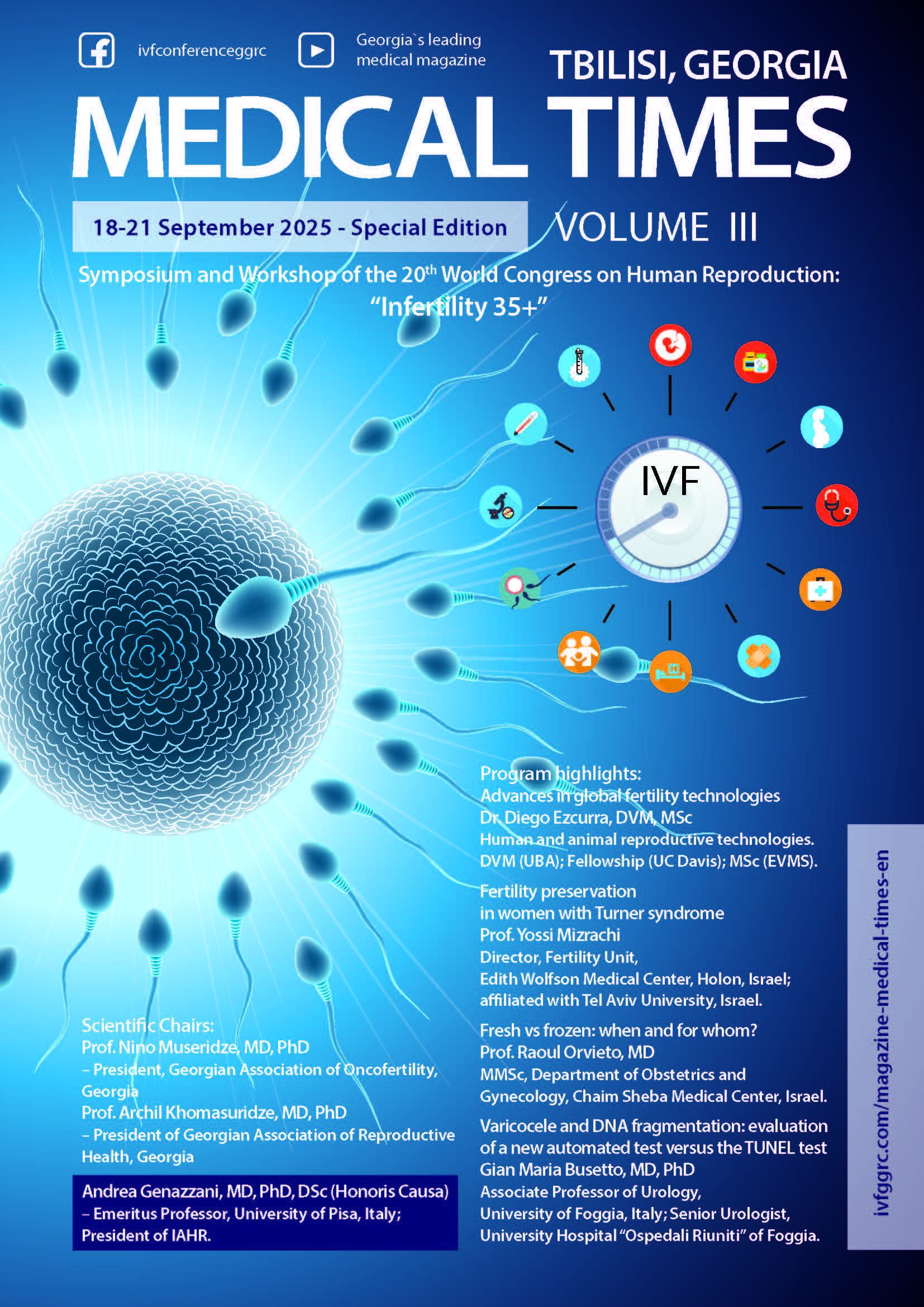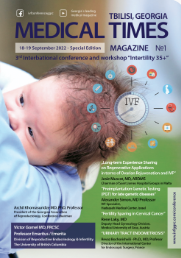Pregnancy Outcome After Transferring Genetically Tested Embryos Vs. Non-Tested Embryos
DOI:
https://doi.org/10.71419/mtggrc.2025.22Keywords:
Preimplantation genetic testing (PGT);, next-generation sequencing (NGS);, in vitro fertilization (IVF);, implantation rate;, miscarriage rate;, live birth rate;, assisted reproductive technology (ART)Abstract
Background: Assisted reproductive technology (ART) has transformed fertility treatment, providing opportunities for many couples who otherwise would face difficulty conceiving. A critical factor in ART success is the selection of viable embryos. Preimplantation genetic testing for aneuploidy (PGT-A) has emerged as a widely used method to improve embryo selection, enhance pregnancy outcomes, and reduce the risk of miscarriage.
Aim: To compare pregnancy outcomes between genetically tested (PGT-A) and non-tested embryos to assess the clinical value of PGT-A in optimizing ART outcomes.
Materials and Methods: A retrospective comparative study included 225 patients under 35 years of age, including recipients, patients of advanced maternal age, and those with recurrent miscarriage. All underwent ovarian stimulation with a GnRH-antagonist protocol. Blastocysts in the PGT-A group were tested using next-generation sequencing (NGS). Outcomes included biochemical pregnancy, miscarriage, and live birth.
Results: In the PGT-A group (n=110), 116 embryos were transferred. Fifty-nine pregnancies (53.6%) were achieved; 4 miscarriages (6.8%) and two biochemical pregnancies (3.4%) occurred. In total, 53 pregnancies continued to delivery (89.8% of pregnancies, 48.2% of all transfers). In the non-PGT-A group (n=115), 220 embryos were transferred, resulting in 41 pregnancies (35.7%). Of these, seven miscarried at 6 weeks (17.1%), 2 miscarried at 14–16 weeks (4.9%), and one fetus (2.4%) had a chromosomal abnormality. Thirty-two patients delivered healthy babies (78% of pregnancies, 27.8% of transfers).
Conclusion: PGT-A significantly improves pregnancy outcomes and reduces miscarriage rates by enabling the selection of euploid embryos. Its use should, however, be tailored to patient-specific factors. Larger prospective studies are needed to refine patient selection criteria.
Downloads
Published
Issue
Section
License
Copyright (c) 2025 Tea Charkviani, Jenaro Kristesashvili, Tengiz Zhorzholadze, Nino Kutchukhidze, Tamar Barkbakadze, Mariam Gabadze, Tamar Kbilashvili, Mariam Makharadze (Author)

This work is licensed under a Creative Commons Attribution 4.0 International License.
In case an article is accepted for publication it is allowed to combine the article with other research, to conduct new research on the article, or to make different arrangements on condition that the same license is used including commercial purposes.
As an author of an article published in the Medical Times, you retain the copyright of your article and you are free to reproduce and disseminate your work.














